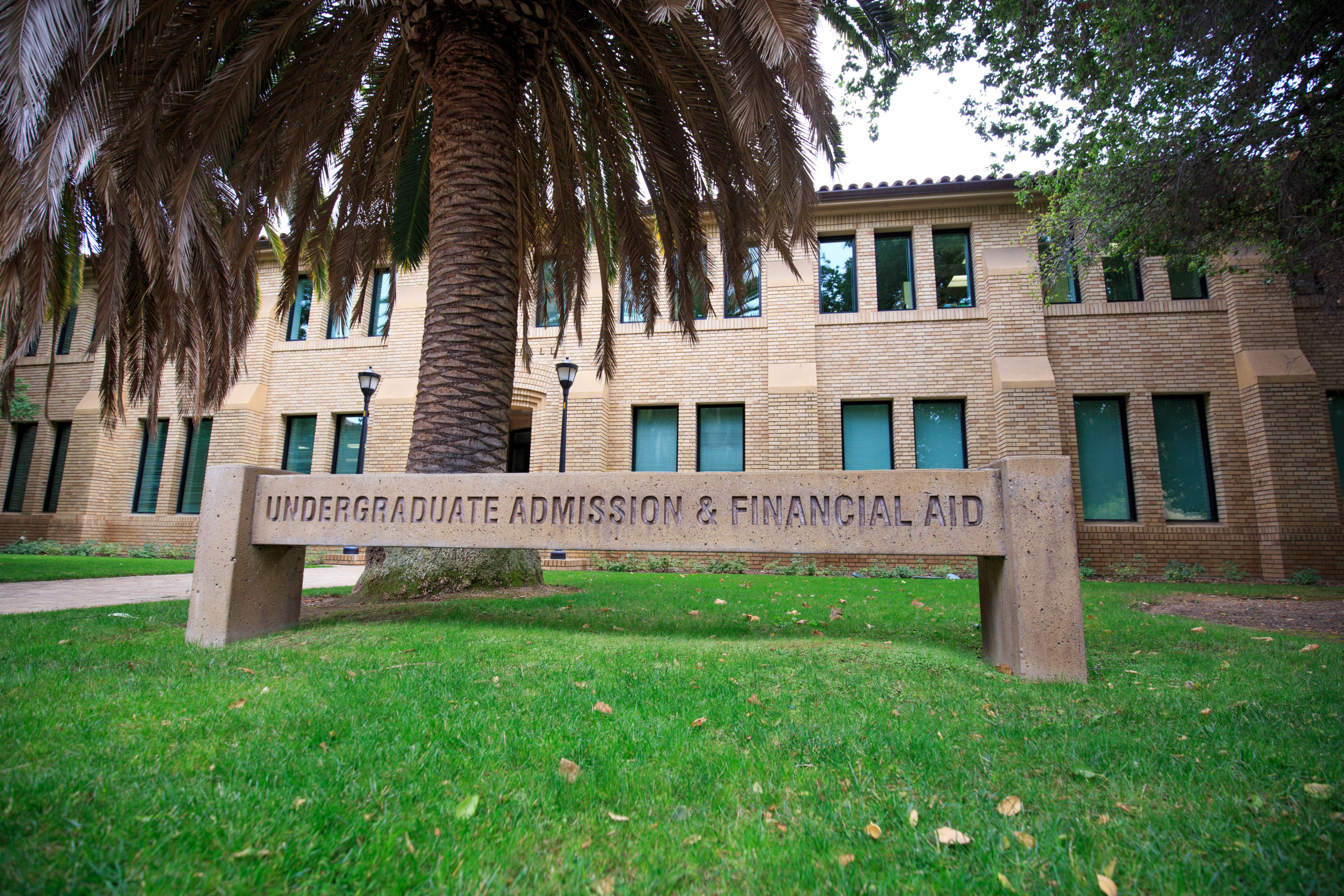Last Thursday, Stanford’s Board of Trustees announced a 4% increase in undergraduate tuition and a 4.25% increase for undergraduate room and board for the 2022-23 school year. The tuition-rate hike represents a resumption of price increases following a one-year tuition freeze for the 2021-22 school year due to the COVID-19 pandemic.
To contextualize Stanford’s increases in tuition, room and board, The Daily compared changes in Stanford’s costs of attendance throughout the past decade to those of peer institutions.
Over the past 10 years, on average, tuition has increased by 3.35% each year, and room and board has increased by 3.84% each year. Next year’s hikes are in line with recent years’ increasingly higher tuition and room and board rates.
Stanford’s rate increases in 2020 were the highest in recent history, even against the backdrop of a global pandemic. In the 2021-22 academic school year, however, Stanford avoided its typical increases, instead electing to freeze tuition and lower the increase in its room and board to pre-2019 levels. By lowering rate hikes, Stanford officials said they hoped to avoid exacerbating the financial burdens that students have faced as a result of the pandemic.
Stanford isn’t the only university with steadily rising rates of tuition and room and board. The figure below shows the undergraduate tuition rates for the past decade for eight universities — Caltech, Columbia, Harvard, MIT, Princeton, Stanford, the University of Chicago and Yale.
At all eight universities, tuition has steadily increased over the past 10 years, with the exception of the 2021-2022 school year for Stanford and the 2020-21 school year for Columbia, MIT and Chicago. The basis for holding tuition flat amid the pandemic were similar across universities, with MIT mentioning “families’ greater needs in a difficult economy.”
The general pattern of these universities’ increasing tuition rates reflects a national trend of colleges raising tuition amid declining student enrollment: after adjusting for inflation, tuition this academic year across U.S. universities is more than two-and-a-half times what it was 30 years ago, according to the College Board’s 2021 Trends in College Pricing and Student Aid report.
When it comes to room and board, the trends are similar.
For the 2020-2021 school year, only one school, Chicago, maintained 2019-2020 room and board rates. Meanwhile, MIT was the only school that reduced them.
Together, tuition, room and board and other fees — such as estimated books and supplies costs and personal expenses — comprise the total cost of attendance. The figure below illustrates the total cost of attendance over the past 10 years for Stanford and its peer institutions.
Save for the current academic year, tuition, room and board and the total cost of attendance at Stanford have increased over the past decade. A similar trend is apparent with peer institutions.
While rising tuition and room and board rates do not show signs of stopping soon, the University has continued to emphasize its commitment to strengthening financial-aid resources. When asked about how rising tuition rates would impact affordability at Stanford, Board of Trustees Chair Jerry Yang ’90 M.S. ’90 pointed to the Board’s 2020 decision to raise the income threshold for free tuition and room and board to include families who make an annual income below $150,000.
